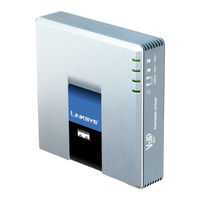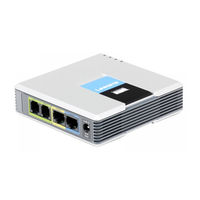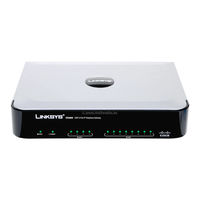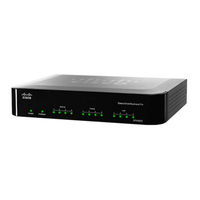Cisco Small Business SPA8800 Gateway Manuals
Manuals and User Guides for Cisco Small Business SPA8800 Gateway. We have 6 Cisco Small Business SPA8800 Gateway manuals available for free PDF download: Administration Manual, Configuring, Quick Start Manual
Cisco Small Business SPA8800 Administration Manual (239 pages)
Analog Telephone Adapters
Table of Contents
Advertisement
Cisco Small Business SPA8800 Administration Manual (241 pages)
Analog Telephone Adapters
Table of Contents
Cisco Small Business SPA8800 Administration Manual (233 pages)
Analog Telephone Adapters
Table of Contents
Advertisement
Cisco Small Business SPA8800 Quick Start Manual (2 pages)
Small Business Pro
Phone Adapter with Router
Cisco Small Business SPA8800 Quick Start Manual (2 pages)
IP Telephony Gateway





